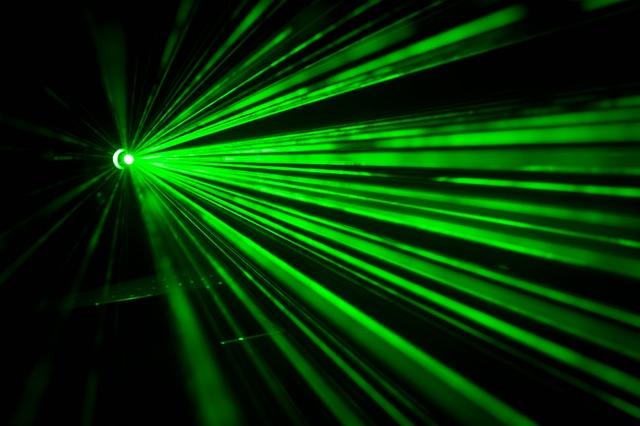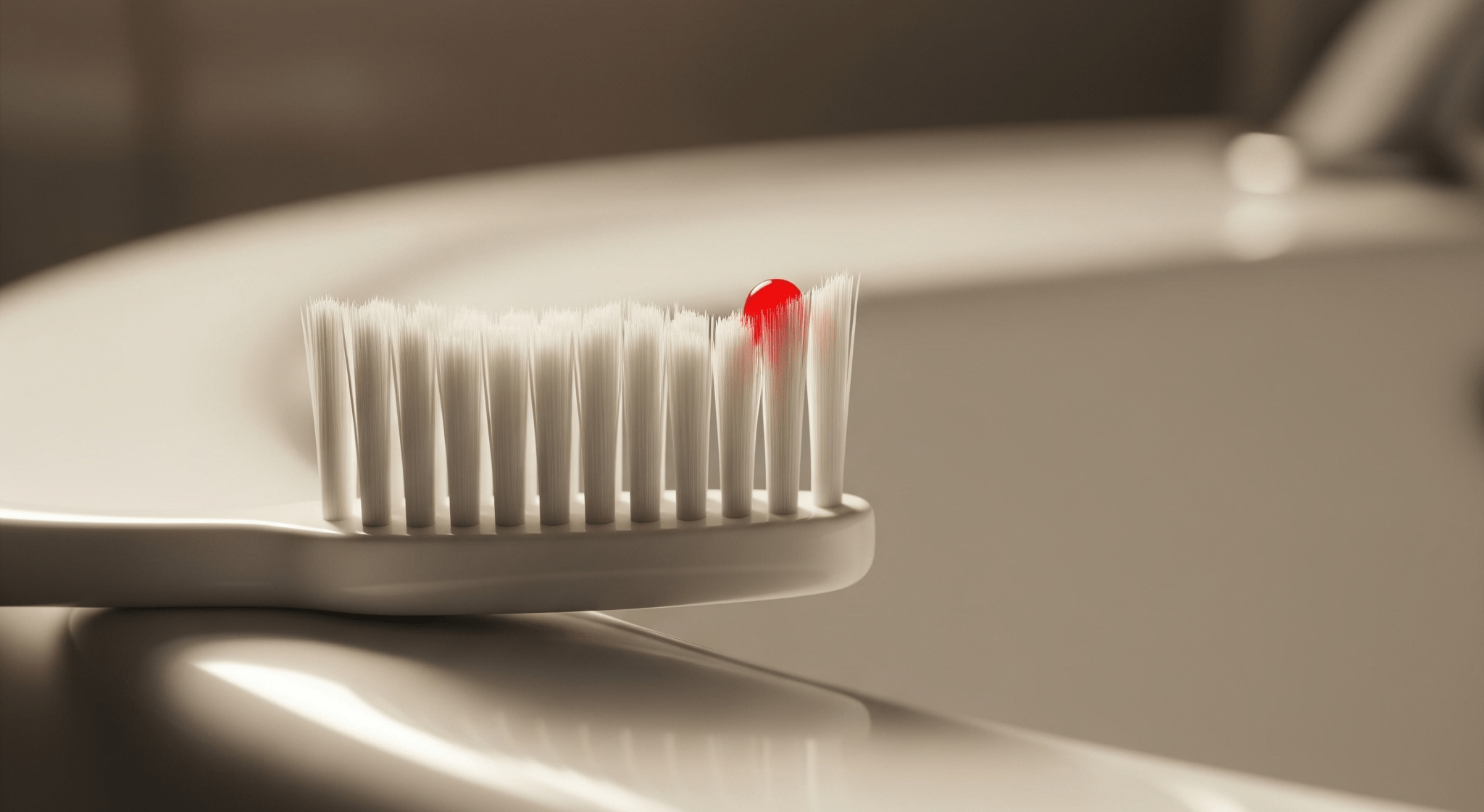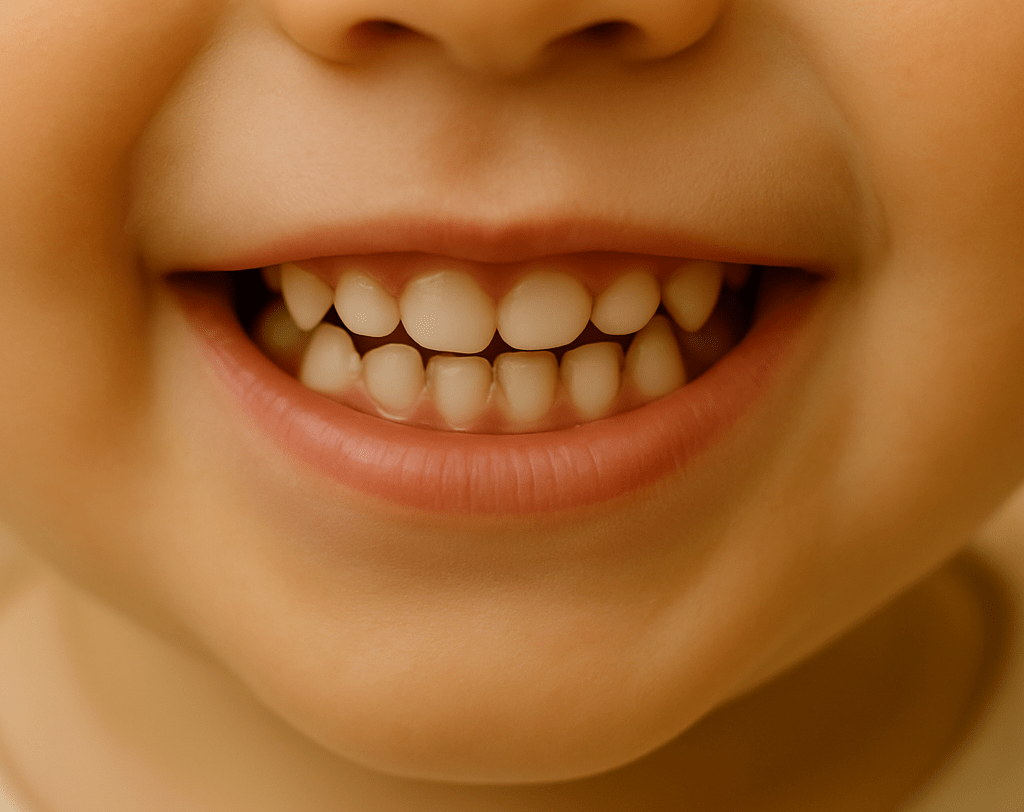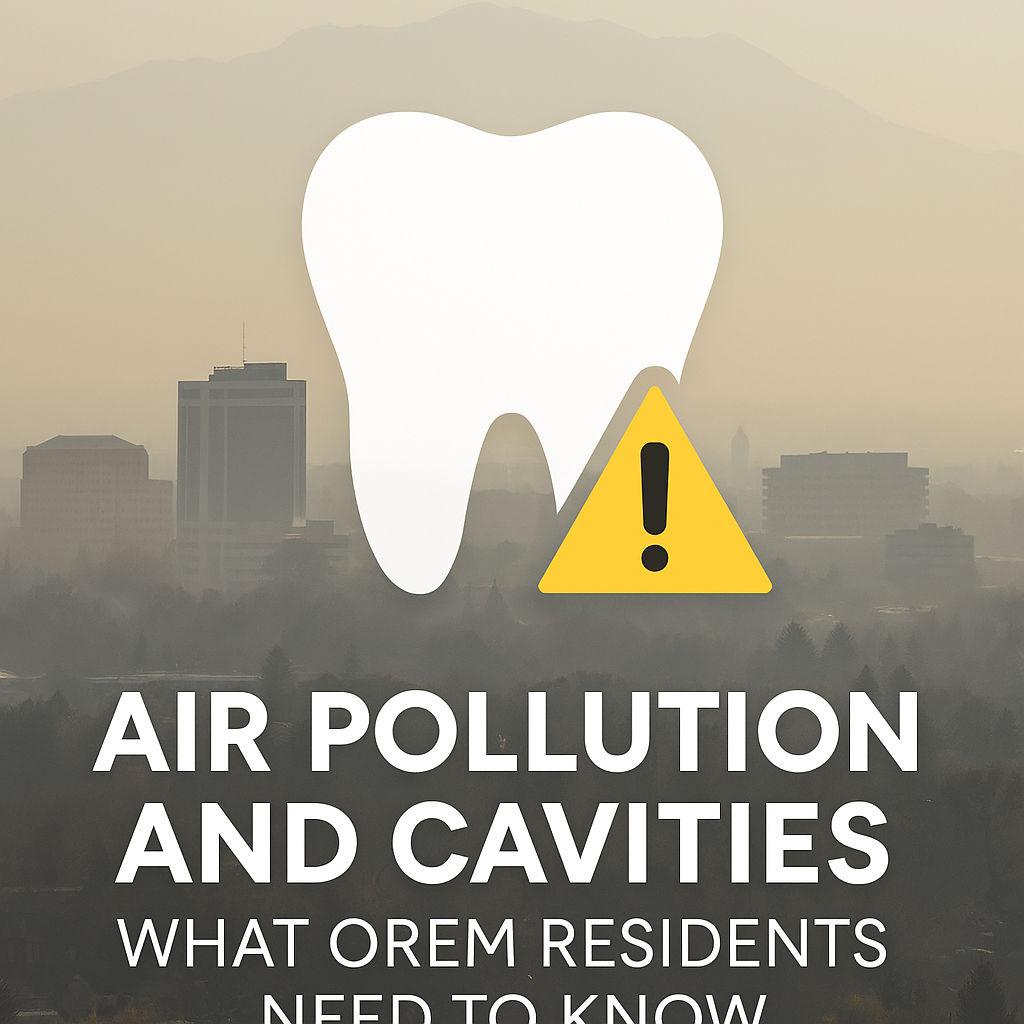Blog Highlights:
- Lasers have been approved for use by the FDA, but the ADA has not given its Seal of Acceptance for its use in dentistry
- Lasers can be used to treat tooth decay and gum disease, it can also be used for teeth whitening, lesion removal, and for biopsies
- Laser light can be used for cutting tissues, for curing fillings, and even as a heat source in dentistry
- Laser light can actually be used to help replace the traditional dental drill in some procedures
- Lasers however, are quite expensive, this is why treatments that use lasers will cost more
Lasers have been used to treat dental problems for more than 2 decades. The FDA has actually approved its use in dentistry, but the American Dental Association has not given its Seal of Acceptance for its use in Orem, Utah, and in the rest of the US. The seal is a way for the association to tell professional dentists and patients that a certain device can be safely and effectively used for dental treatments. The association however, is still optimistic, that one day, they will be able to approve its use for the field of dentistry. It is very important to understand that the lasers used for dental procedures are not like the ones used in phototherapy to deal with pain and inflammation.
Nevertheless, there are still dentists who make use of lasers to do the following dental treatments:
Cankers, Biopsy, and Lesions – lasers can be used to remove a small piece of tissue in the body so that it can be examined for cancer, this is also known as a biopsy. Lasers can also be used to get rid of canker sores, and lesions inside the oral cavity.
Gum disease – lasers can be used to remove the damaged areas of the gums during a root canal, it can also be used to reshape the gums.
Teeth Whitening – lasers can activate the peroxide bleach solution so that the in-office whitening treatment will be able to provide you with great results.
Tooth decay – lasers can be used to remove specific areas in the tooth that has been decayed. It can also be used to prepare the tooth prior to filling.
How do lasers work for dentistry treatments?
Lasers can be used in many different ways for dentistry, it can deliver energy in the form of light, and it can act as a cutting instrument that removes tissue that comes into contact with it. Lasers can also be used to strengthen the filling used to treat tooth decay by strengthening the bond between the filling and the tooth. And as mentioned, in whitening treatments, lasers can be used as a heat source to enhance the effects of the whitening chemicals.
What are the advantages and disadvantages of using laser in dentistry procedures?
Advantages
Instead of using the dental drill, lasers can be used to do the following:
- Dentists can also use lasers to remove decayed parts of the tooth and preserve the parts that are still in good condition
- Lasers can also be used to minimize bleeding and inflammation
- There are patients who do not like the dental drill, they can now opt to get laser treatments instead
- Lasers can be used to make certain treatments less painful
Disadvantages
Some of the disadvantages of using lasers include the following:
- A dental drill is cheap, where as a laser equipment can cost several thousand dollars, this is why treatments that use lasers will also be expensive.
- Although using lasers can make treatments less painful, you should know that it cannot totally eliminate the need for anesthetics.
- Although lasers can be used for various procedures, it cannot be used to completely replace the dental drill.
- Lasers can only be used on teeth, not on fillings.
- It cannot be maneuvered to deal with cavities found in between teeth
- It cannot be used when there are old fillings around the tooth
- It cannot be used to fix defective crowns or silver fillings
- It cannot be used for preparing the teeth for bridges





